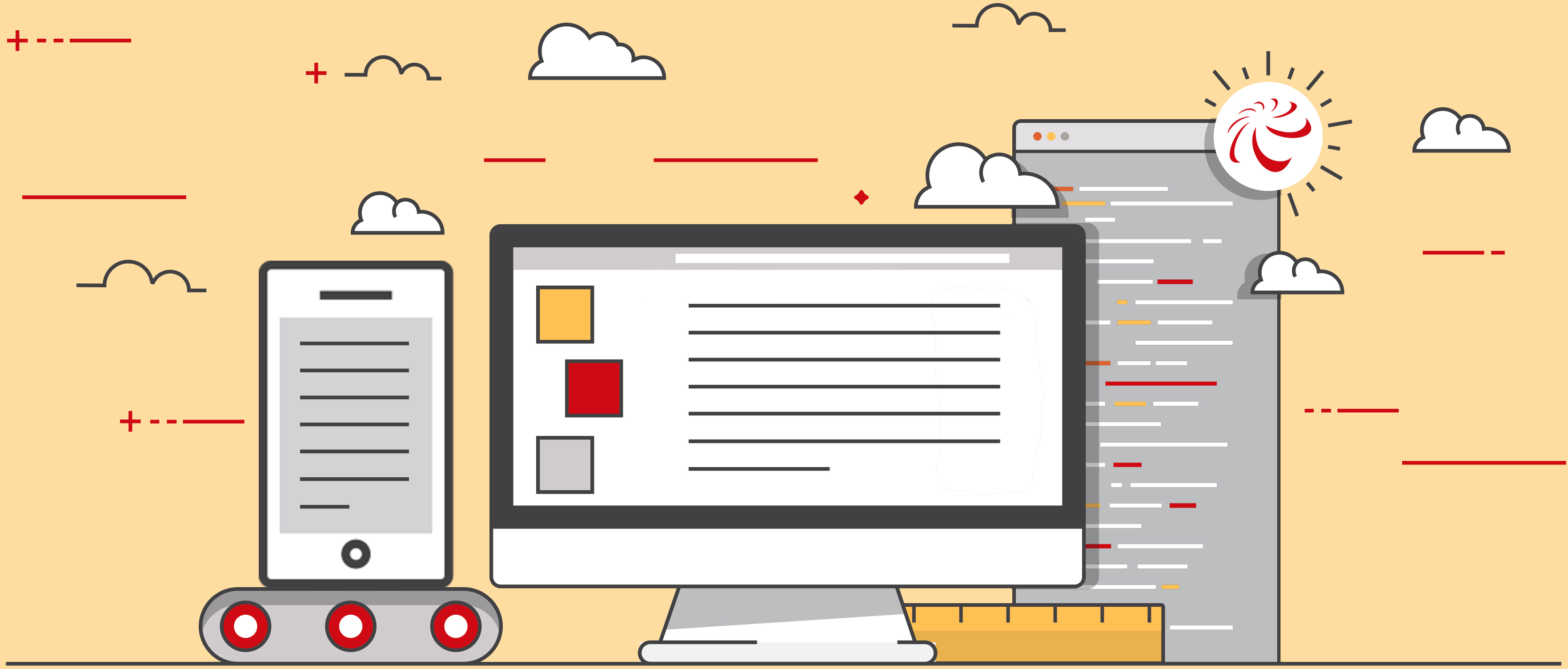
Dear Visitors,
Please be advised that our website will be undergoing scheduled maintenance and will be temporarily unavailable. We apologize for any inconvenience this may cause and appreciate your understanding.
If you have any urgent inquiries or require assistance during this time, please do not hesitate to contact me directly at info@soheilshivarani.com or 416-890-0251.
Thank you for your patience and continued support.
Best regards,
Soheil Shivarani
Your Trusted Realtor in Ontario
